|
I see three areas that this project could evolve towards:
1) Group laptop improvisations – where the samples generated in the studio are shared among all performers in either free improvisation, or with each laptop performer designated a role (e.g. beats, melody, bass/drone, effects processing). The collective output of these performances could then easily be recorded as polished album pieces. A system for recording synchronization between all laptops could easily be implemented over a wireless network (these files would then have to be mixed down), or an instant master recording could be made through the PA mixer. 2) Laptops with shared samples (as above) blended with live processing of acoustic instruments via microphones. In this case the recording space and quality of microphones would become an important factor as to the quality of the final product – a limiting factor that a purely laptop ensemble would not have. 3) The final logical extension of this is not only processing the live audio stream, but also capturing and manipulating fragments of it in real-time during, and as part of, the performance. With software custom designed for this purpose, both the individual sample fragments and the master output of each laptop could be saved at the end of the recording session – thus resulting in instant polished pieces of music with little or no post-production necessary, as well as generating processed collections of samples that would require little or no editing. This third option would ideally be undertaken by ensembles that play together regularly, so that a feedback loop of samples from previous sessions could inform the development of future sessions. For a some time now I've had the long-term goal of creating a recording and sample-production setup that I could travel with, to be able to go anywhere in the world and record, sample and produce music - to experience a variety of cultures, atmospheres, people, instruments, musical styles, etc.
What interests me most about this idea is not just the recording interactions, but creating the music while in those places, and getting a performance/sampling feedback loop happening. Although this idea is not related to Streamland as it currently exists, nonetheless Streamland has laid the groundwork for at least the traveling production setup - laptop, headphones and NanoKontrol. A few compact portable mics and a compact mic stand are all that would be needed to fulfill the sampling aspect. Using USB mics could eliminate the need for an audio interface. Ideally, this is what I'd love to guide the Streamland concept towards. Brief notes from two of the studio improvisors. They were asked to discuss their involvement in the studio process after being played some of my laptop improvisations:
Dan Thorpe I played to Al’s work, and played to what I thought he’d want, but then went beyond that also. I played to create something that was already complete, I thought of the recording session as one whole piece. Sampling is interesting because you take something that is complete and make something new out of it. And though it's complete, you can take something from it, without making it any less complete. Meredith Lane Listening to a sample of myself used in a piece feels removed from how I remembered playing, but I don’t feel precious about being recontextualized. The studio recording process was helpful, even though I consider the material Al's property and not mine, it was interesting to see how I’d play in that context. I was unfamiliar with being recorded in a studio, so I thought about playing in a different way - I tried to vary the session as much as possible, but felt like I got trapped in the nuances of my own style. I’m considering using the elements of the recording for my own work, but perhaps re-recording them myself. I shifted from my original sample editing plan - to use my software Wave Exchange to cut and process the samples - to instead continue to use Audition. Although Wave Exchange is much better for dynamic effects processing, I quickly realized that I could save most of that for the laptop improvisation phase, as simply editing the mixdowns into useable fragments was already a huge task. To give an example - a 10 minute recording yielded about 50 separate samples - equaling hours of post-production work of the stifling non-performative variety.
I since realized that a system could be easily devised which would allow me to process recordings into separate samples on the fly in the studio – at the same time the performer was playing: 1) I custom design software that would essentially provide me with as many separate audio buffers as I needed (creatable at the press of a button) which could be individually recorded to – with or without effects, and the effects could be manipulated by me (or potentially by the performer) in real-time as the performer was playing 2) I sit in the control room and signal to the performer in the studio to start, stop, fade in fade out, etc - in order to synchronize my recording with their separate gestures 3) At the end of the session, each separate buffer can be saved individually, and each of these samples would require minimal editing. 4) Thus musical gestures are immediately captured as individual samples, and the recording session becomes a collaborative improvisation. So later that day I modified one of my software instruments “Strange Creatures” to suit this purpose. With this, recording separate gestures to different buffers with input effects can be done with minimal setup, thus not overly interrupting the performative flow. Although this software won’t be used in this Uni phase of the project, I plan on using it for future collaborative Streamland studio sessions. Above are the waveforms for each studio session. All recordings were done in Pro Tools HD at the Elder Conservatorium's Electronic Music Unit and mixed-down in Adobe Audition.
I've included these images because they give an instant insight into of the performers' responses to the idea of improvising with "breathing space" between musical gestures... Some could clearly flow out of the silence into a gesture, then roll off into silence again... Some climbed onto an idea, rode it for a while, then climbed off, stopped, and climbed onto the next one... Some transformed a continuous stream of sound-world... ...and some of the performers moved between all these ways of playing. Audio Processing Initially Audition was used for the mixdowns simply because I didn't have Pro Tools on my laptop, but I also found that it provided a much smoother workflow for managing the intricacies of waveform editing. There was a long process of editing out extraneous sounds in the circuit recording and mic clipping in the electric guitar recording. This was done quickly and roughly (as the second phase of sample editing will be intricate and precise), but Audition seamed the sounds together with exceptional ease. Both the circuit and piano recordings were processed with Audition's Noise Reduction. As discussed below, this resulted in audible frequency erosions in the circuit recording, but seems to have cleaned up a hum in the piano recording incredibly well, with no audible degradation. The waveforms were normalized, but no effects processing will be done until the next phase where they are edited into sample fragments ready for performance. 11'13" of improvisation
This was a very unusual recording session to manage. Iran ingeniously output the sounds produced by the circuit to a piezo speaker taped to a drum cymbal, creating amazingly bright resonances. The improvisation was a process of building and modifying the circuit during the recording. The sounds she created were imaginatively subtle and delicate. The cymbal was miked up (see below for specs), but the resulting output was very quiet. Also, the rattles and rustles of the circuit being built had to be edited out (though some of the more subtle ones were retained for character). This worked well, as I cut off the attacks of many of these sounds, leaving mysterious sweeps of noise through the mix. I also kept a few short passages of knocks and rustles when there was no circuit noise, so I could use them to create rhythmic loops. A noise reduction process in Adobe Audition was applied to the mixdown to remove the post-normalization room ambiance due to the quietness of the recording. This resulted in audible 'erosions' of the frequency spectrum, but these are to my ear quite a beautiful addition to the vibrant and playfully chirping circuit sounds. Due to the nature of the circuitry, breathing space between musical gestures was not really a performative option for Iran. Thus, as was the case with the violin session, a different approach to sample processing and performance will have to be taken...and my mind further opened. Absence of a tuning system in the circuit will also affect how these samples can be used alongside other instruments. Recording Space: Elder Conservatorium -- EMU dead-room Software: Pro Tools HD Adobe Audition CS6 Equipment: circuitry -- see photos above Rode NT5 Stereo pair -- 4 inches high, diagonally down and in towards cymbal Rode NT2000 -- 4 inches high, diagonally down towards cymbal 17'16" of improvisation
This bold session began with beautiful volume and feedback swells, providing long pronounced gestures that are both sonically rich and musically simple, and eminently useful as raw sample material. These were counterpointed by a range of dense, sweet and savage moments of introspection and electric magnetic fury. Recording Space: Elder Conservatorium -- EMU space Software: Pro Tools HD Equipment: Fender Hot Rod Deluxe Guitar Amp Rode NT2000 Stereo pair -- 1m high, diagonally down and in towards amp Rode NT5 Stereo pair -- 1.5m high, diagonally down and in towards amp Shure SM58 -- very close to amp, slightly offset 11'56" of improvisation
Long winding passages of this recording will make it more difficult to edit into the kind of sonic fragments I'm used to working with, but this is the nature of the project, which will force me to come up with new ways of handling the material. The consideration this poses is -- in the future, do I ask a performer to be more succinct with their gestures, or do I take the opportunity to adapt and expand my own sample production & performance practices based on what they've given me? Probably a balance between these two factors is ideal, but I won't really know until I've sampled the recordings. Often some inherent synergy between the studio performance and the recording technique can make a sample an effortless joy to manipulate, regardless of its apparent lack of 'samplability'. Recording Space: Elder Conservatorium -- EMU Dead-room Software: Pro Tools HD Equipment: Rode NT2000 Stereo pair Rode NT3 -- diagonally pointing down at 45deg to centre of violin body 7'58" of improvisation
A carefully measured approach involving playing a relatively fixed idea for a time, then stopping and moving on to the next. A beautiful range of extended techniques and playing styles, and the use of ostinati is perfect for loop-centric sampling. Recording Space: Elder Conservatorium -- EMU Dead-room Software: Pro Tools HD Equipment: Rode NT2000 Stereo pair Rode NT3 -- offset from soundhole 9'50" of improvisation
Dan's approach seemed immediately comfortable and open to the concept of improvisation for sampling -- his structural thinking as a composer, and his understanding of electronic production were apparent in his playing and in our conversation. It was obvious that he understood the concept immediately and played to it beautifully. His musical ideas were succinct and varied, incorporating a wide range of dynamics and timbres including colourful extended techniques with hands inside the piano. Recording Space: Elder Conservatorium -- EMU space Software: Pro Tools HD Equipment: Yamaha Grand Piano Rode NT2000 Stereo pair -- inside piano, roughly centered Rode NT3 -- at rear end of piano, 1.5ft up from soundboard Rode NT2 -- approx 3m behind performer, 1.5m high |
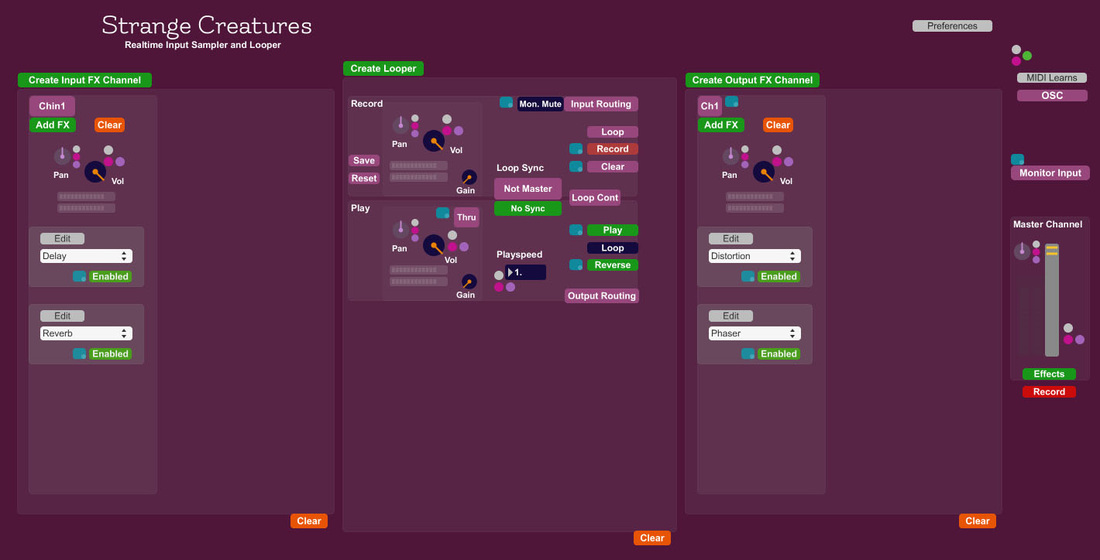

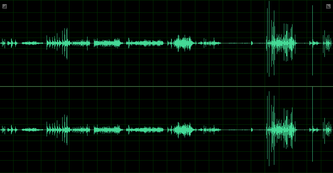

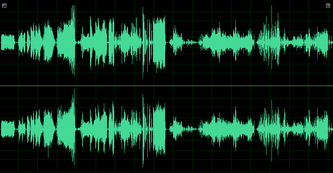
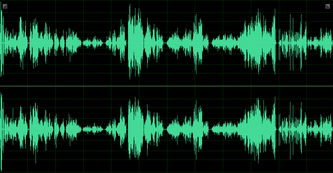
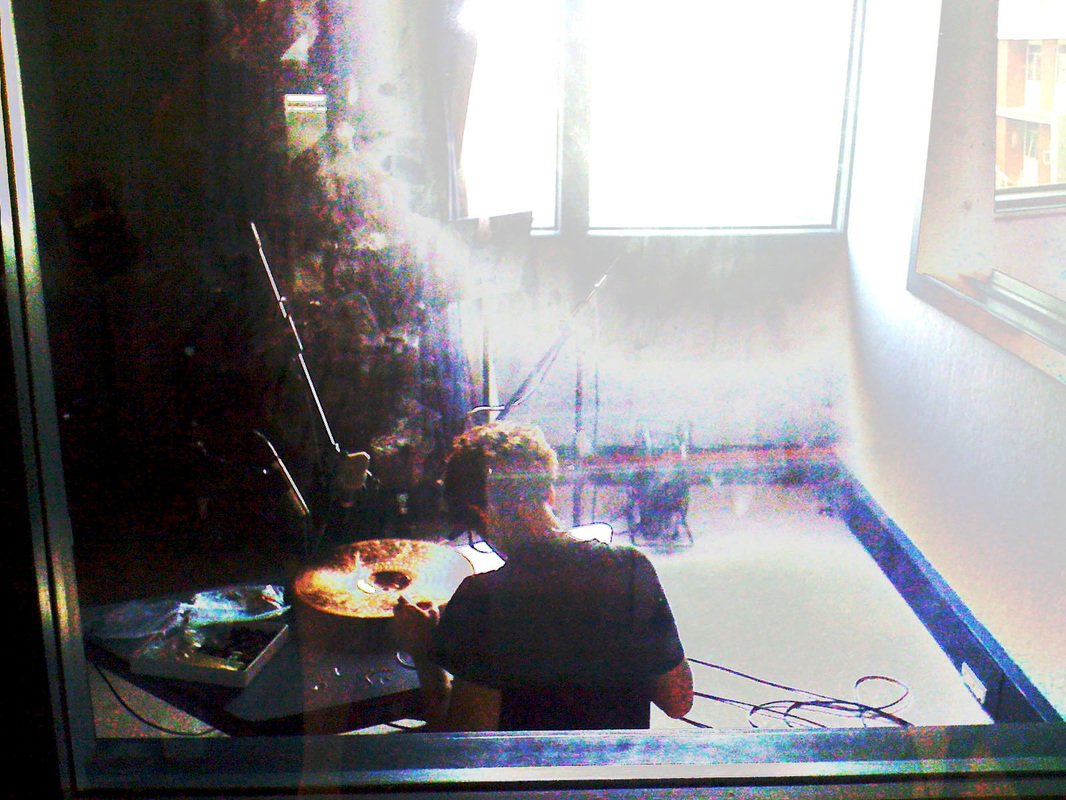
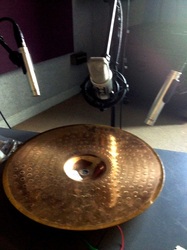
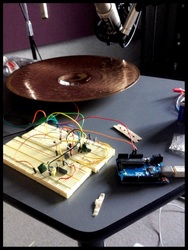
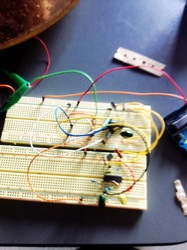
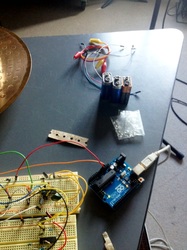
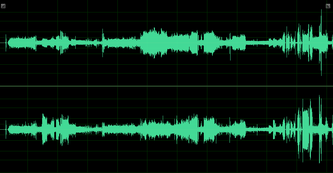


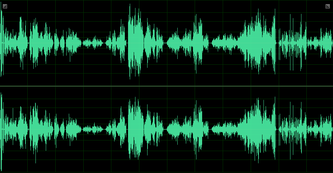
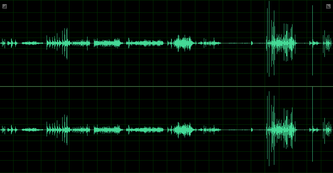
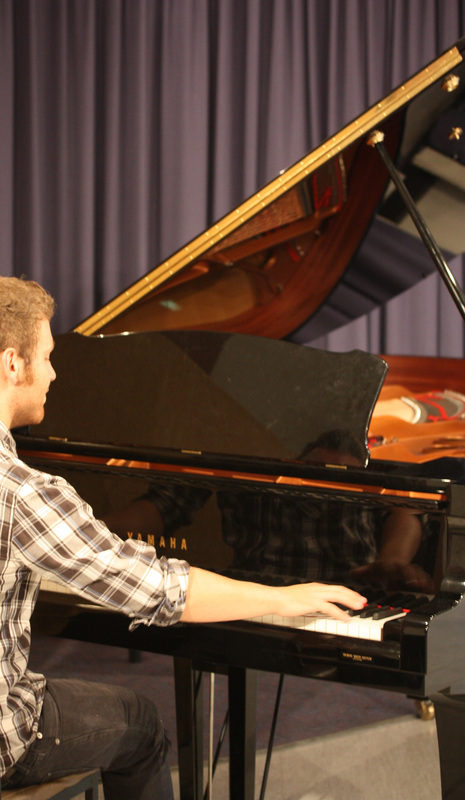
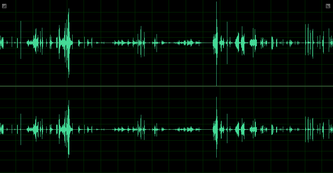


 RSS Feed
RSS Feed